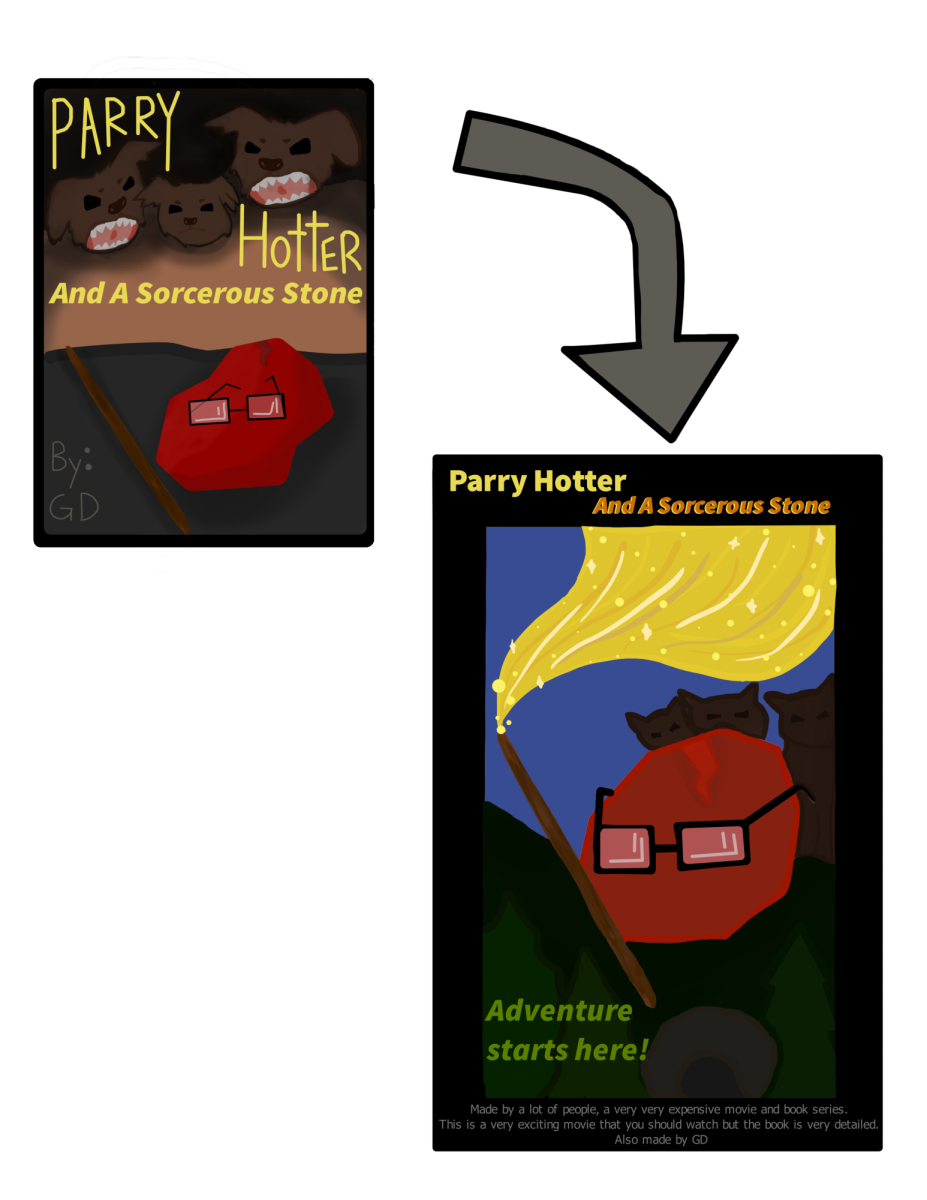The Journey to Bethlehem takes a lighthearted, musical approach to the story of one of the most famous figures in world history. Set in ancient Israel, the film follows the journey of the Virgin Mary as she fought against accusations and ostracism during her pregnancy.
As it is a musical at its core, “Journey to Bethlehem” incorporates several musical numbers. However, while the songs were generally catchy, the songwriting and lyricism were simple and elementary, which is understandable as it is geared towards children. The musical included humorous songs like “Three Wise Guys,” in which the Three Wise Men attempted to gain King Herod’s trust, and more serious songs like “The Ultimate Deception,” in which Joseph battles with his logic and love to decide whether to reject or accept Mary. The song “In My Blood,” also deserves an honorable mention for its raw emotion and passion as King Herod’s son questions his legacy as the son of an evil king.
While the singing was amusing, the acting was overexaggerated and unconvincing. The acting in this movie is reminiscent of Debby Ryan’s acting in Radio Rebel, which makes sense considering some of the cast’s roles in kids’ movies, like Milo Manheim, who played Joseph, and Antonio Banderas, who played King Herod. Is this indicative of a low movie budget? Possibly. Is it indicative of a low effort and laziness? Definitely.
Nevertheless, the directors’ feminist approach is unique to the other narratives of the Nativity story, which tend to focus on Jesus. This perspective focuses on Mary’s experience, specifically the accusations of her being a liar and prostitute, as she was not married when she got pregnant, further capturing the misogynistic zeitgeist of the time.
In addition, the movie included part of the story that is often overlooked: Joseph’s reaction to her pregnancy. Throughout the movie, Joseph’s internal battle is presented to the audience as he debates whether or not to believe his betrothed. However, his character development is shown throughout the story as he chooses to believe Mary and helps her during her journey to Bethlehem to give birth.
Throughout the story, there is little romance, as a large part of the plot is Mary’s aversion to marriage. Whether this is actually canon is up for debate, but it did add an extra plot point and room for development. As the movie progresses, Mary and Joseph become closer and begin to trust each other more, culminating in a kiss at the end of the movie, which was a welcome surprise.
As far as the accuracy of the film, do not go into “Journey to Bethlehem” expecting a biblically accurate plot. Several aspects are greatly exaggerated and likely fabricated, like Mary’s proposal to Joseph and the portrayal of the Three Wise Men as comic relief.
All in all, “Journey to Bethlehem” is, at its core, a children’s movie, as it was advertised. The film captures the lighthearted, warm and fuzzy Christmas spirit, despite its inaccuracies through its interesting take on the story of Nativity. While the acting was very cheesy, the music was catchy, the humor entertained the younger audience, and the plot kept our attention. Our biggest praise is that the movie brought to light the misogyny and sexism that plagued their society and had a strong female lead to portray the director’s independent, feminist version of the Virgin Mary.

















Louise • May 19, 2025 at 1:27 pm
I wouldn’t agree that this film struck me as “feminist” just because it focused a bit more on Mary. That seemed to be more for the sake of keeping the focus on the main characters, maybe for budgeting reasons or the simplicity of the story. I think her character was written as quite bland and basic and didn’t feel any depth from her which definitely there was room to explore with, as coming to terms with being pregnant with the son of God is no small or emotionless process.
Catherine • Dec 17, 2024 at 11:55 pm
I agree with Becky. The telling of this story was intended to be whimsical in places and was adeptly balanced by the tenor of the music. This was a creative and entertaining approach to an historical story that many take for granted.
There was nothing “lazy” here, except perhaps this writers need to call upon “misogyny & feminism” as a means of debunking the film.
Becky Kangas • Nov 2, 2024 at 6:57 pm
Your description and depiction of Journey To Bethlehem is WAYYYYY off! It was one of the best movies we’ve seen and the only one we have chosen to actually purchase online. We watch it over and over with all 28 of our kids and grandkids!